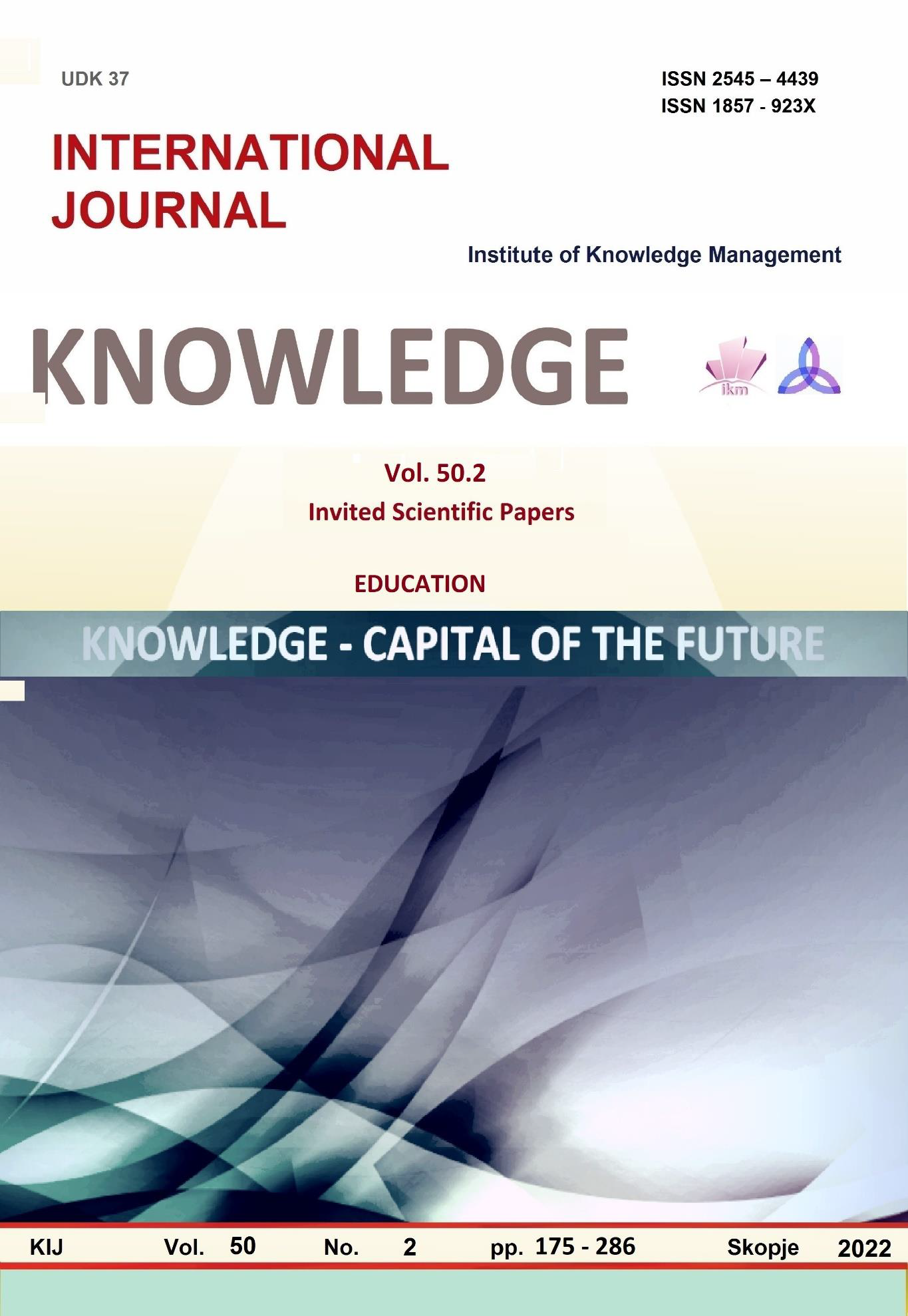THE EDUCATIONAL POTENTIAL OF COMICS IN PRIMARY SCHOOL AGE
Keywords:
education, comics, visualization, trainingAbstract
This publication aims to promote the educational potential of comics. Its application, mainly to students of primary school age, will contribute to a positive attitude towards the learning process and easier learning of the curriculum. The comic captures the focal points of the main ideas, puts the necessary emphasis in the process of perception of images, events, phenomena and helps to focus a person's attention on the main thing. Therefore, in the process of learning and introducing new knowledge, it can be used as the most accurate and concise way to convey information.
The purpose of using comics in education is to turn it into a new educational tool with new properties and new impacts on learners. In this way, pictorial stories perform not only an entertaining function, but also a cognitive one. The opinion of teachers on the issue of integrating comics in the educational process was reflected in a survey conducted at the United School "Pencho Slaveykov". The study focused mainly on the inclusion of comic book techniques in literature lessons when teaching students with a mother tongue other than the official language.
The results of the survey showed that teachers have a positive attitude towards the use of comics for educational purposes, take into account the desire of students to view and read comics, and have preferences for certain methods and techniques when working with them. There was also an observation in a literature lesson with bilingual students from the third grade, in which an assignment was given to compile a comic based on a text from the curriculum and realized through group work. The use of this interactive task aroused interest and enthusiasm, led to the involvement of all students in the lesson, and to the development of skills for joint activities and positive relationships in the classroom.
From the research we can conclude that the didactic potential of comics as a form of information transfer and its impact on students' learning is a new, interesting and effective way of organizing learning, which is still ignored today.
References
Алипиева, А. (2015). Комиксът – начало на българското му критическо осмисляне? Език и литература, 3-4, 182-184
Асенова, А. (2020). Приложение на съвременни образователни технологии в професионалната подготовка на учители по биология. София: УИ „Св. Климент Охридски“.
Василева, Р. (2020). Арт анимация в образованието. София: УИ „Св. Климент Охридски“.
Кафтанджиев, Хр. (1990). Комиксът на границата между иконичността и вербалността. Изкуство, 4, 26-33
Петрова, А. С., & Макаренко, Т. А. (2017). Комикс как средство обучения. Научно-методический электронный журнал «Концепт», 32, 119–121, URL: http://e-koncept.ru/2017/771035.htm
Роева, Д., Стоянов, С., & Дяковска, С. (2002). Комиксите като похват за изграждане на някои основни понятия и идеи от астрономията в курса по Природознание за 4 клас. Научни трудове, Русе: РУ“А. Кънчев“, 39(10), 106-110
Станимиров, П. (2017). Комикс – първите десет стъпки. София: Кибеа
Стоянов, С. (2001). Комиксите за деца и юноши – същност и класификация. Художественият свят на българската литература за деца и юноши, Русе: Лени Ан
Терзиева, М. (2018). Кинообразование и литературно обучение. Бургас: Либра Скорп





